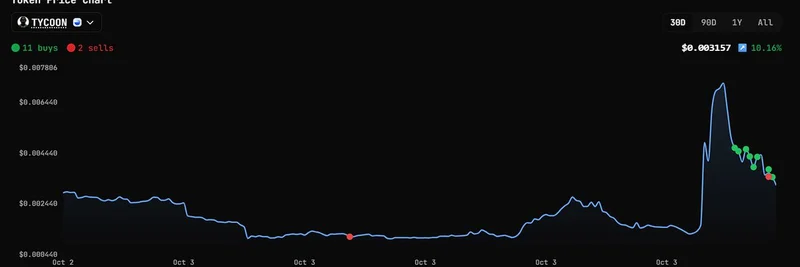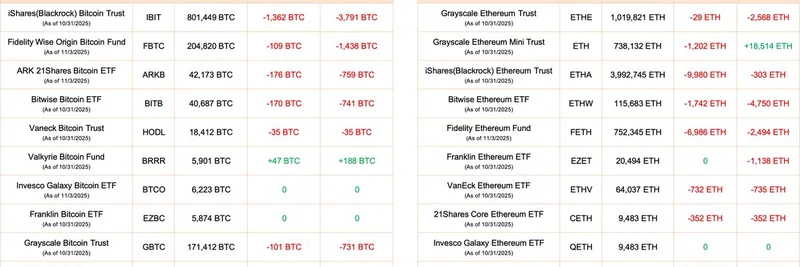In the fast-paced world of blockchain technology, data availability (DA) layers are crucial for ensuring that data is accessible and verifiable without compromising the network's efficiency. Recently, Mustafa Al-Bassam, co-founder of Celestia, took to X (formerly Twitter) to bust a common myth about posting encrypted data on DA layers. In his post, he highlights new research by @nuke_web3 that introduces a user-centric approach to private data availability. Let's dive into what this means and why it's a game-changer for meme tokens and broader blockchain applications.
Understanding the Myth
The myth Al-Bassam addresses is straightforward: if you post encrypted data on a DA layer, there's no real guarantee of data availability because the holder of the encryption key could simply withhold it, making the data inaccessible. This concern stems from traditional models where protocol operators (POs) manage the encryption keys, potentially leading to scenarios where users' accounts get frozen or protocols grind to a halt.
But as Al-Bassam points out, this isn't necessarily true—especially when users take control of their own encryption. The key insight? Shift the power to the users themselves. This user-centric model ensures that data remains private yet fully available, leveraging tools like Celestia for robust DA guarantees.
Breaking Down the User-Centric Model
At its core, the research proposes a system where users encrypt their own state data before it's stored publicly on a DA layer like Celestia. Here's how it works in simple terms:
User-Controlled Encryption: Users generate and manage their own symmetric keys. This means they're not reliant on POs to access their data. If a PO tries to withhold information, users can still retrieve and decrypt their state directly from the DA layer.
Merkle Trees for Structure: The global state is organized in a Merkle tree—a data structure that allows efficient verification of large datasets. Only the leaf nodes (user-specific data) are encrypted, keeping the tree's structure public without revealing sensitive info.
Zero-Knowledge Proofs (ZKPs): These are cryptographic methods that prove something is true without revealing the underlying data. In this setup, ZKPs ensure that the encrypted user state matches the committed hash in the Merkle tree. POs generate these proofs, which users can verify to confirm their data's integrity and inclusion.
Verifiable Encryption: This adds a layer where encryption is provable—meaning you can confirm that the encrypted data decrypts to the expected state without actually decrypting it during verification.
The protocol flow is elegant: POs encrypt user states with user-provided keys, generate ZKPs, and submit everything to Celestia. Users can then fetch these proofs either from the PO or directly from the blockchain, decrypt their data, and proceed—even in adversarial scenarios.
Integrating Advanced Key Management
To make this practical, the research suggests using the Messaging Layer Security (MLS) protocol for key exchange and management. MLS is designed for secure messaging but adapts well here, offering features like forward secrecy (protecting past sessions if a key is compromised later) and post-compromise security (recovering security after a breach).
In a typical workflow:
- A secure group is established between the user, PO, and optionally an auditor.
- Keys are exchanged securely.
- The PO uses the user's key to encrypt the state.
- Everything is committed to the DA layer with proofs.
This setup integrates seamlessly with existing key management systems, making it easier for users to handle their keys without added complexity.
Why This Matters for Blockchain Practitioners
For those in the meme token space or building on blockchain, this model opens up new possibilities. Meme tokens often rely on fast, scalable infrastructure, and DA layers like Celestia are key to that. By ensuring private data is always available without trusting POs blindly, developers can build more resilient protocols. Think forced exits or state updates that users can trigger independently—empowering individuals and reducing centralization risks.
Moreover, tools like Blobstream bridge DA to EVM chains, enforcing that data is published before any on-chain progress, preventing lost states.
Implications and Future Directions
This research challenges the status quo, moving away from PO-centric models that require cumbersome key recovery mechanisms. Instead, it puts control back in users' hands, enhancing privacy, security, and availability. As blockchain evolves, expect more innovations in private DA, potentially influencing how meme tokens handle user data in decentralized apps.
If you're diving into Celestia or exploring DA solutions, check out the full research on the Celestia Forum. It's a must-read for staying ahead in this tech-driven landscape.
Stay tuned to Meme Insider for more insights on emerging blockchain tech and meme token trends!



